Offshore wind energy is a win–win! Check out some impressive offshore wind farms around the world and how they may reflect the future of U.S. offshore wind energy.
Wind Energy Technologies Office
August 24, 2023Offshore wind energy has the potential to become a formidable tool against the growing climate crisis, and there is a big boom of activity in store for the U.S. offshore wind industry over the coming years. But what offshore wind is deployed today—and what will be deployed tomorrow? Most of today's offshore wind farms are fixed directly to the seabed and provide electricity directly to the grid. These fixed-bottom offshore wind farms, along with promising new types of wind farms, like floating and hydrogen-integrated, may reflect the future of what offshore wind in the United States could look like and what it could offer.
Offshore Wind in the United States
Block Island Wind Farm
Block Island Wind Farm
First up for this snapshot of offshore wind is America’s first ever offshore wind farm! You’ll find this wind farm about 3.8 miles (mi) off the coast of Rhode Island’s Block Island, featuring 5 turbines that pack a combined 30 megawatts (MW) of capacity—that’s enough to power around 17,000 households.
Active since 2016, the Block Island Wind Farm is a true pioneer in America’s transition to clean energy.
Coastal Virginia Offshore Wind Project
Coastal Virginia Offshore Wind
Located 27 mi off the shores of Virginia Beach is America’s second offshore wind farm, the Coastal Virginia Offshore Wind project. While it currently only has two turbines in operation, this burgeoning wind farm is set to yield a potential 2,600 MW of wind power capacity with over 150 turbines by 2026—that’s enough to power up to 660,000 homes. Until then, this offshore wind farm’s two operating turbines are not to be underestimated, as they help avoid up to 25,000 tons of carbon dioxide emissions annually.
Offshore Wind Across the Pond
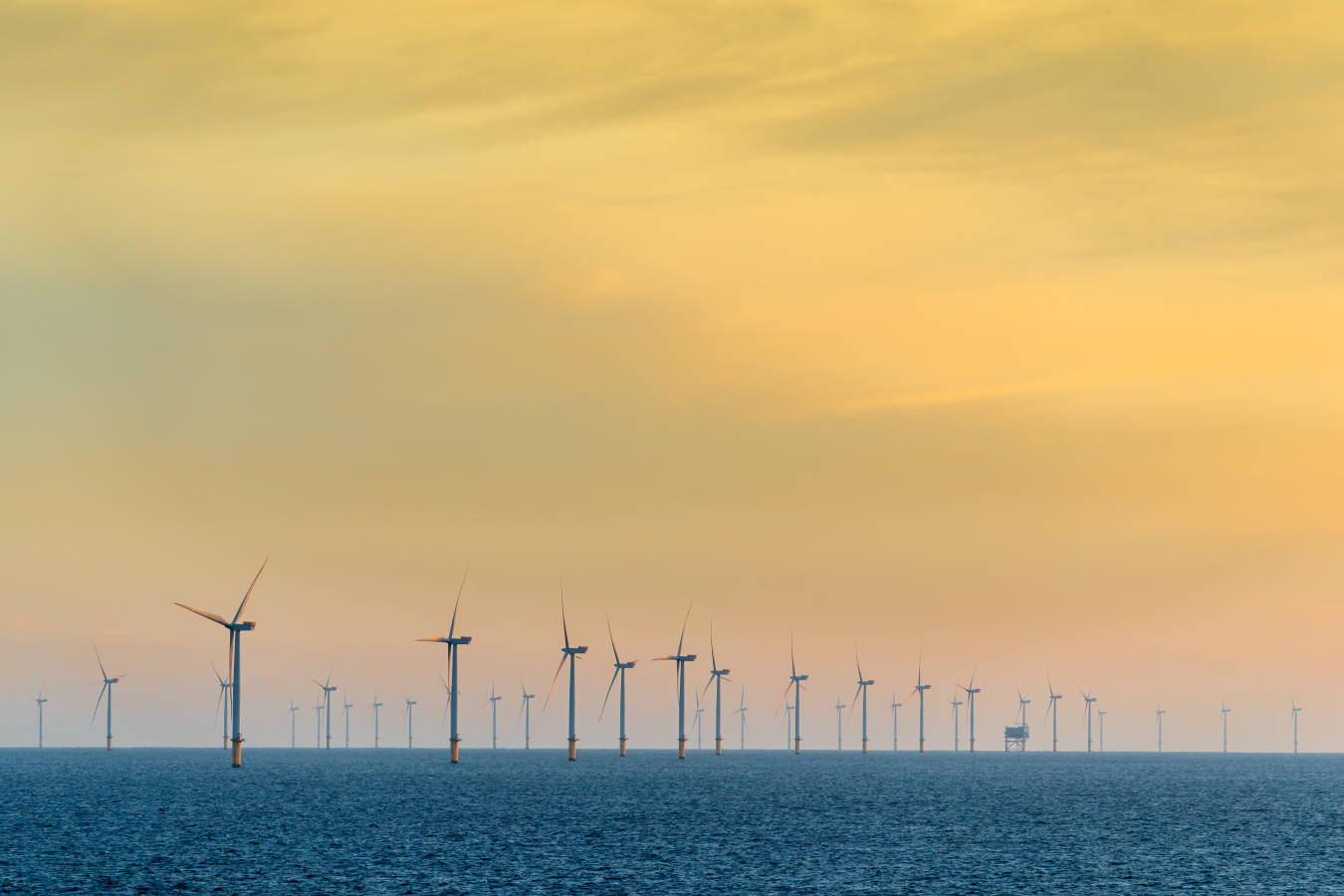
Hornsea Offshore Wind Farm
Hornsea Offshore Wind Farm
Hornsea 2, located about 55 mi off the coast of Yorkshire in the North Sea, is the world’s largest operating offshore wind farm as of August, 2023. This powerful wind farm has 165 8-MW wind turbines—all together, that’s over 1,300 MW of renewable energy. Fully operational as of August 31, 2022, Hornsea 2 has the capacity to power more than 1.4 million homes, an accomplishment more than worth emulating. As its name suggests, this wind farm is preceded by a smaller, but still sizable, sister wind farm named Hornsea 1.

Hywind Tampen
Hywind Tampen
Hywind Tampen is special—it floats. This Norwegian wind farm is the largest floating offshore wind farm in the world with 88 MW of capacity. Found about 87 mi off the Norwegian coast, Hywind Tampen will potentially meet around 35% of electricity needs for several local oil and gas production units.
Floating offshore wind has great potential in the United States as well. In September 2022, the United States set a goal to deploy 15,000 MW of floating offshore wind capacity by 2035—that’s enough to power over 5 million American homes! The United States is already making progress toward this goal, with five new deep water lease areas for floating offshore wind auctioned off the coast of California and a research lease off the coast of Maine.
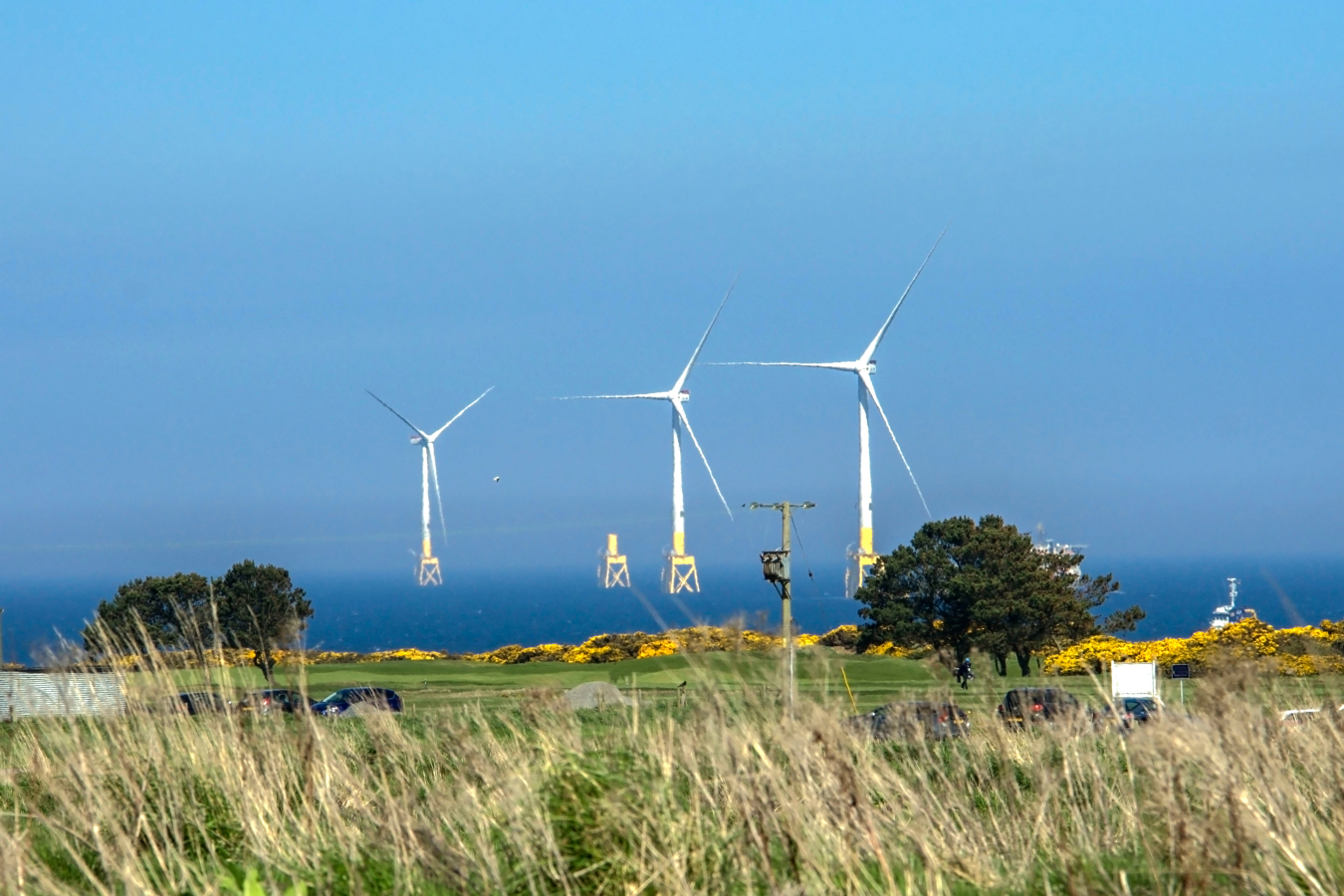
European Offshore Wind Deployment Centre
European Offshore Wind Deployment Centre
The European Offshore Wind Deployment Centre is working on Hydrogen Turbine 1, which aims to test the full integration of hydrogen production with an offshore wind turbine by 2025. Currently, work is underway to build a hydrogen electrolyzer directly onto one of the existing turbines at this test and demonstration wind farm, though the wind farm is already operational and has 11 8.8-MW turbines off the coast of Aberdeen Bay in Scotland.
Meanwhile, in France, hydrogen is already being produced by a 1-MW electrolyzer linked to a floating offshore wind turbine around 12 mi off the French Atlantic coast. And plans are underway in a number of other locations for commercial-scale projects generating green hydrogen from offshore wind, as well as energy islands that couple offshore wind energy with green fuel generation and energy intensive applications.
While Europe was a first mover in offshore wind, the Asia Pacific region has seen significant growth. China has the most installed capacity in the world, and other Asian countries including Vietnam and Japan also benefit from offshore wind.
Looking Ahead: The Future of U.S. Offshore Wind
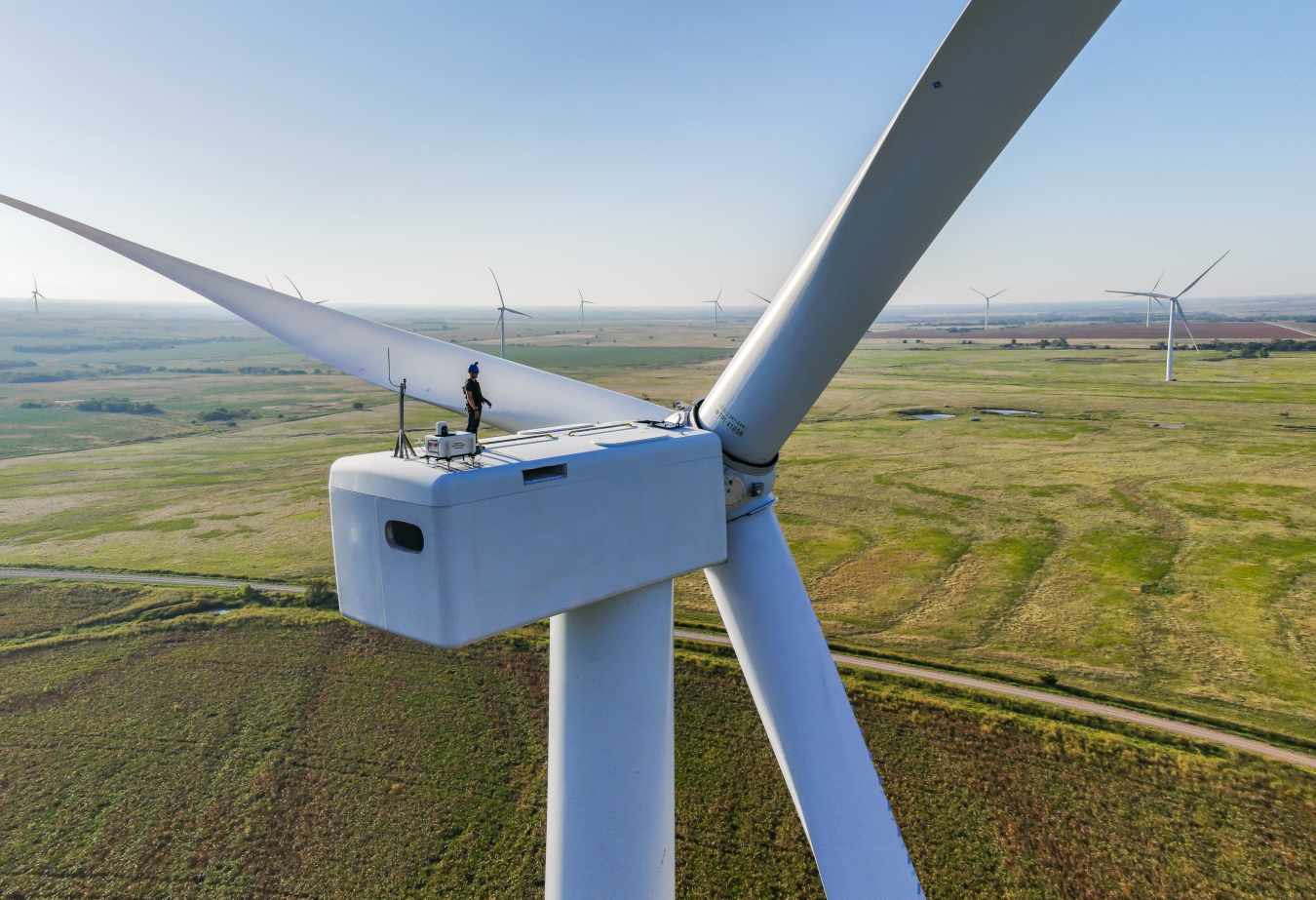
While there are just two domestic offshore wind farms currently in operation, many more are in development. Two such projects are the 800 MW Vineyard Wind 1 under construction off the coast of Massachusetts and the 132 MW South Fork Wind Farm off the coast of Long Island, where construction started in early 2022. As of May 2023, offshore wind developers were surveying 18 potential lease areas worth over 24,000 MW of capacity for future offshore wind expansion. Supporting this momentum are the Inflation Reduction Act (IRA)—check out our funding factsheet for IRA provisions relevant to wind—and the Bipartisan Infrastructure Law, both providing key resources to usher in a clean energy future. Some of these resources have already been allocated toward the growth of the domestic offshore wind industry, and the IRA has helped spur a $2.7 billion industry investment in ports, vessels, supply chain, and transmission for offshore wind. This means up to tens of thousands of good-quality clean energy jobs, which could help accelerate the country’s transition to a carbon-free power grid.

Author
Heather Doty is a communications specialist supporting the U.S. Department of Energy’s Wind Energy Technologies Office.
The U.S. Departments of Energy (DOE), the Interior, Commerce, and Transportation also announced the Floating Offshore Wind Shot™, a bold initiative to reduce the cost of floating offshore wind energy by more than 70% by 2035, opening up massive offshore wind resources in deeper U.S. waters. Additionally, DOE helped create a road map to identify what is needed to develop a domestic supply chain that can manufacture and deploy the major components needed to install 30 gigawatts (or 30,000 MW) of offshore wind energy by 2030—and so far, we’re making great progress. A national strategy was also developed that summarizes DOE’s efforts to meet President Biden’s goals of a 100% clean electricity sector by 2035 and net-zero emissions economy by 2050. The U.S. offshore wind industry is currently in its infancy, but based on all this progress, a sizable growth spurt is just beyond the horizon.
Check out our annual wind market reports for a more in-depth update on the progress of the U.S. offshore wind industry.
Learn More
-
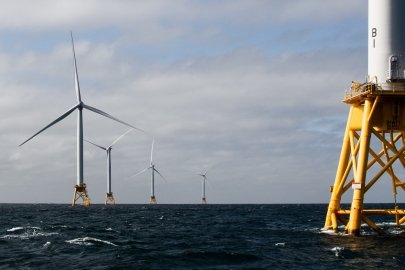 The U.S. Department of Energy's Wind Energy Technologies Office funds research nationwide to develop and deploy offshore wind technologies.
The U.S. Department of Energy's Wind Energy Technologies Office funds research nationwide to develop and deploy offshore wind technologies. -
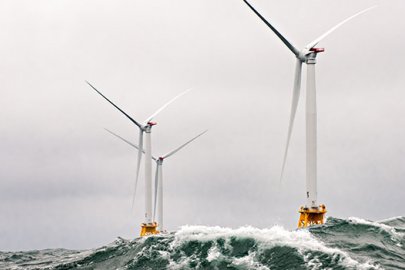 Learn more about efforts to develop America's vast offshore wind resources.August 21, 2024
Learn more about efforts to develop America's vast offshore wind resources.August 21, 2024

